Urtica dioica – Stinging Nettle
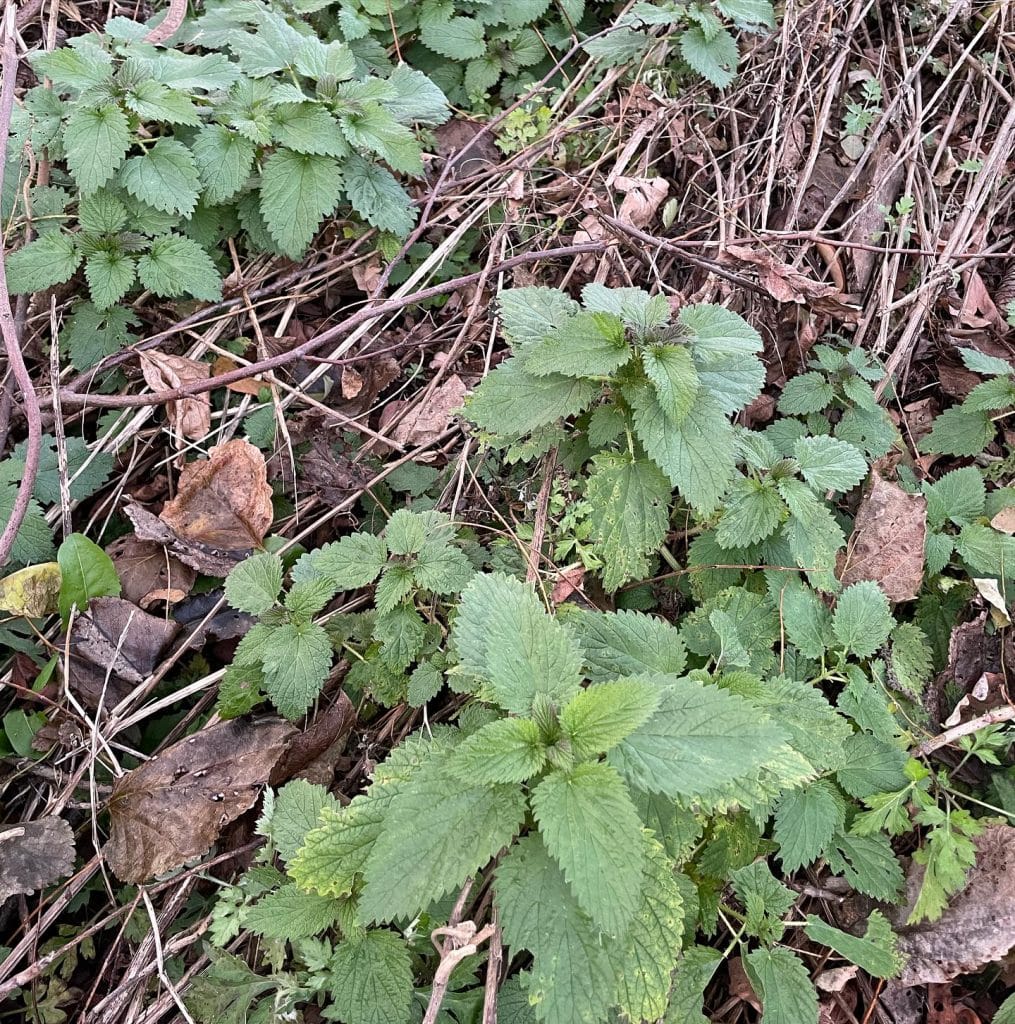
Stinging nettle (Urtica dioica) is a highly nutritious plant that can be found throughout the continental United States. There are multiple subspecies of stinging nettle. American stinging nettle (Urtica dioica subsp. gracilis) is native to North America. Stinging nettle has opposite, heart-shaped leaves with toothed margins. The plant produces small gray-green flowers that dangle like […]
Crataegus spp. – Hawthorn
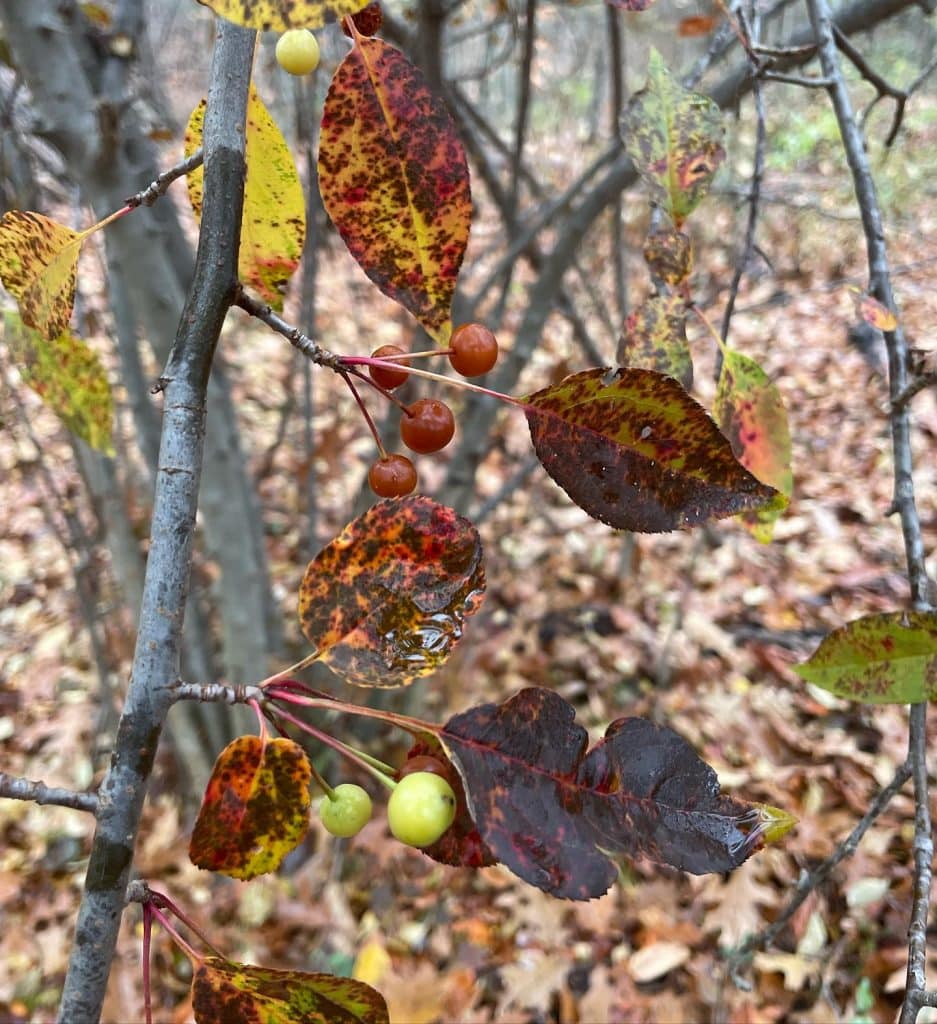
Hawthorn (Crataegus spp.) is a group of over 1,000 species of edible plants in the rosaceae family. Hawthorn is the oldest known medicinal herb, with use dating back to the first century BC. It could be a small shrub or tree. Hawthorn has serrated, oval-shaped leaves which often have lobes. The branches have sharp […]
Verbascum thapsus – Common Mullein
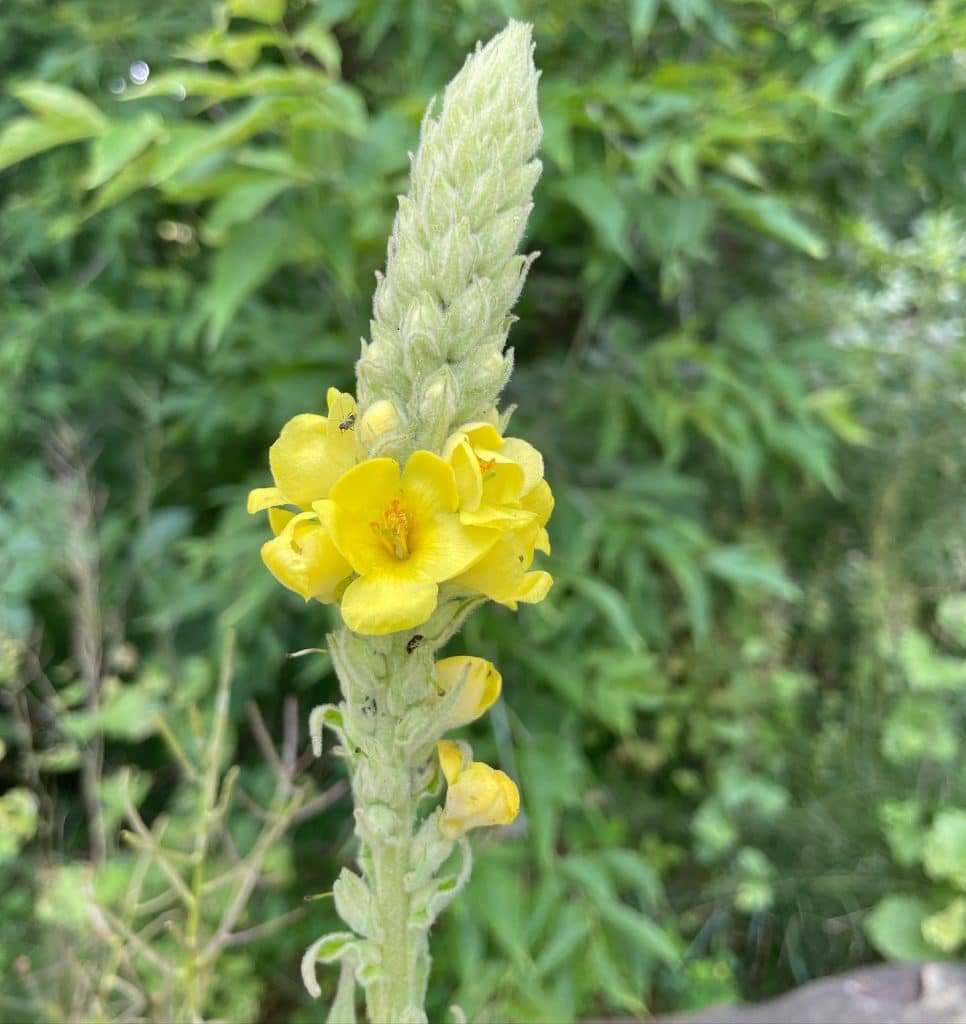
Common mullein (Verbascum thapsus) is a non-native plant with a myriad of medicinal benefits. Mullein can be found growing in sandy or rocky soil in full sun. It is often found in waste places. Mullein is a biennial. The plant produces a basal rosette of fuzzy leaves it’s first year. The second year it sends […]
Morella pensylvanica – Northern Bayberry
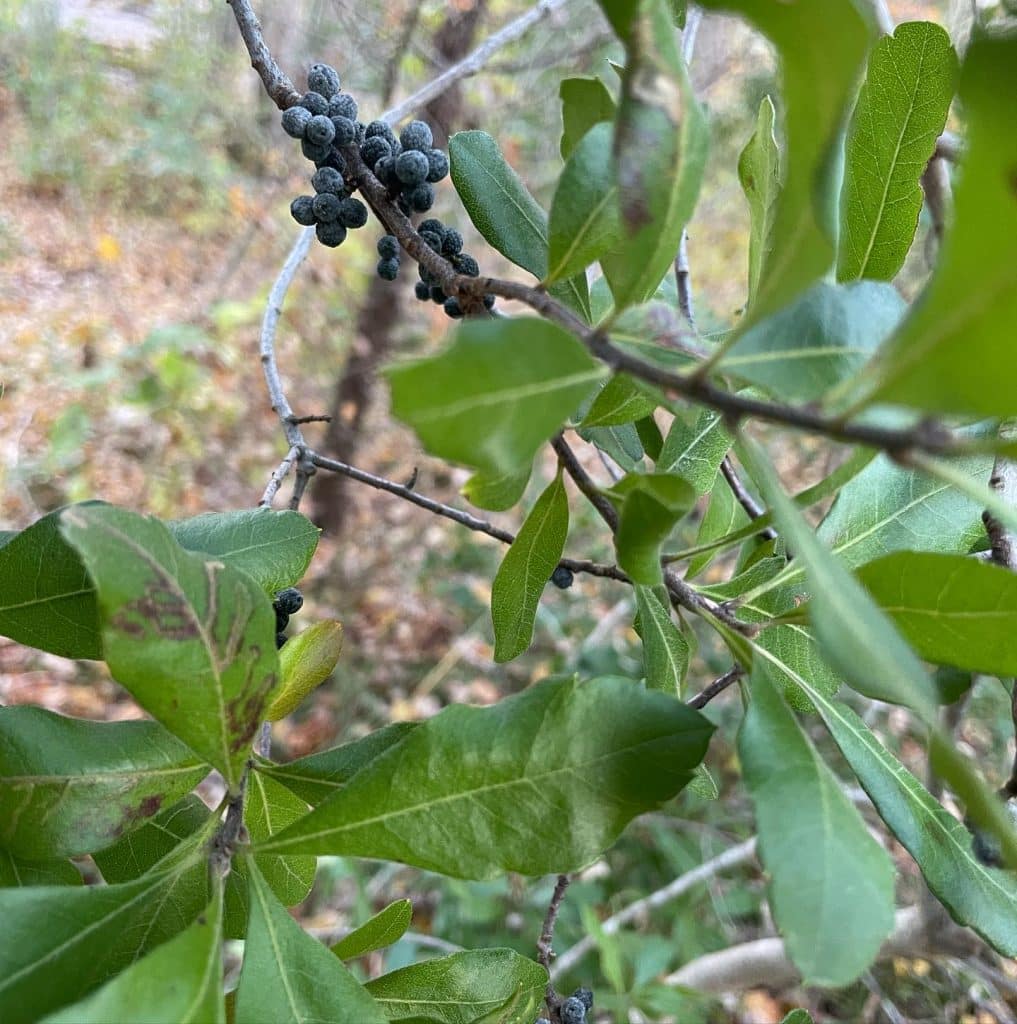
Northern Bayberry (Morella pensylvanica) is a native shrub that can be found on coastlines and in swampy woodlands. Northern bayberry has alternate, waxy leaves which have a few shallow teeth at the tip end. The shrubs produce clusters of bluish gray fruits in the fall. In the spring, the tender leaves can be used fresh […]
Quercus rubra – Northern Red Oak
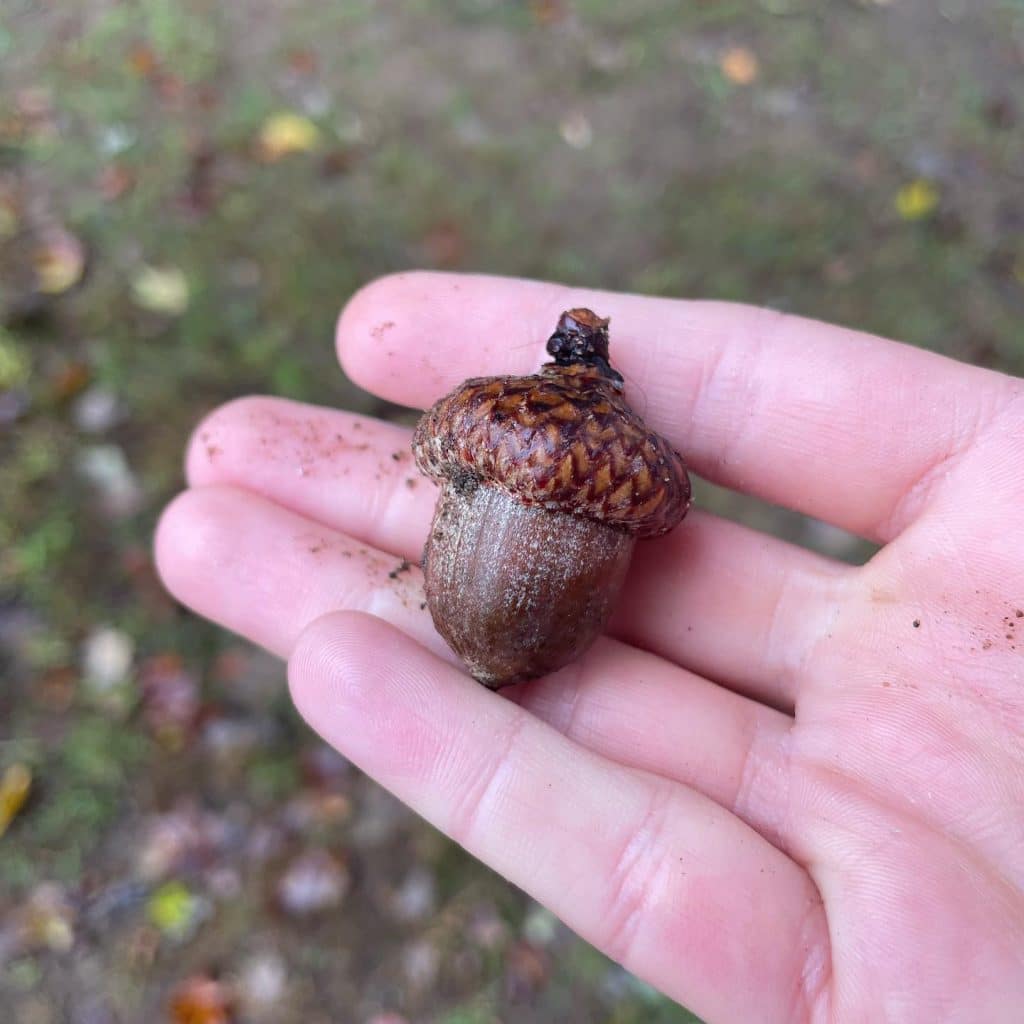
The Northern Red Oak (Quercus rubra) is a fast growing tree that can reach up to 80 feet tall. Northern red oaks can live up to 400 years old. There are two major groups of oak trees. Red and black oaks have sharper lobes that end in a point and nuts that take two […]
Tilia americana – American Linden
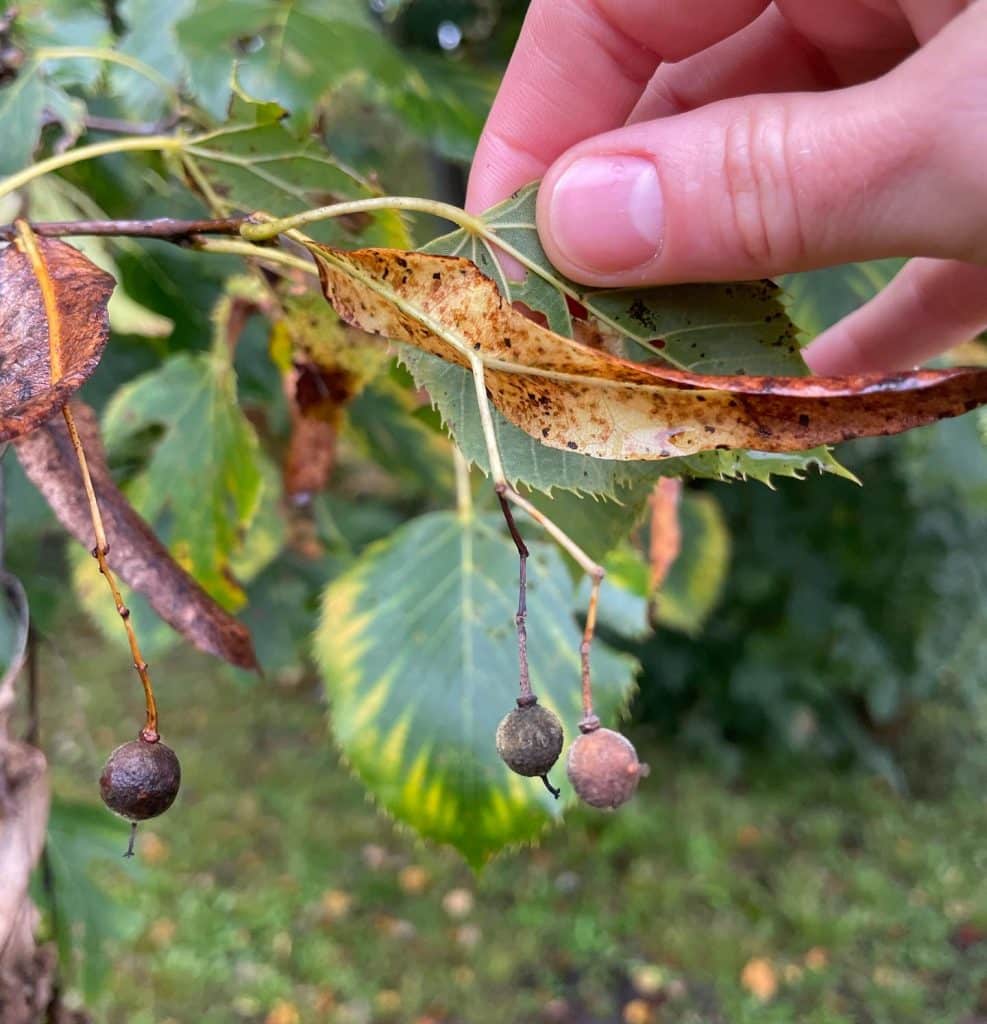
The American Linden (Tilia americana) is a native tree with edible leaves, flowers, sap, and inner bark. The American linden has finely serrated heart-shaped leaves. The flowers and seeds hang downward from elongated leafy bracts. The fragrant flowers bloom for about two weeks in the middle of the summer. American linden leaf buds can be […]
Maianthemum racemosum – False Solomon’s Seal
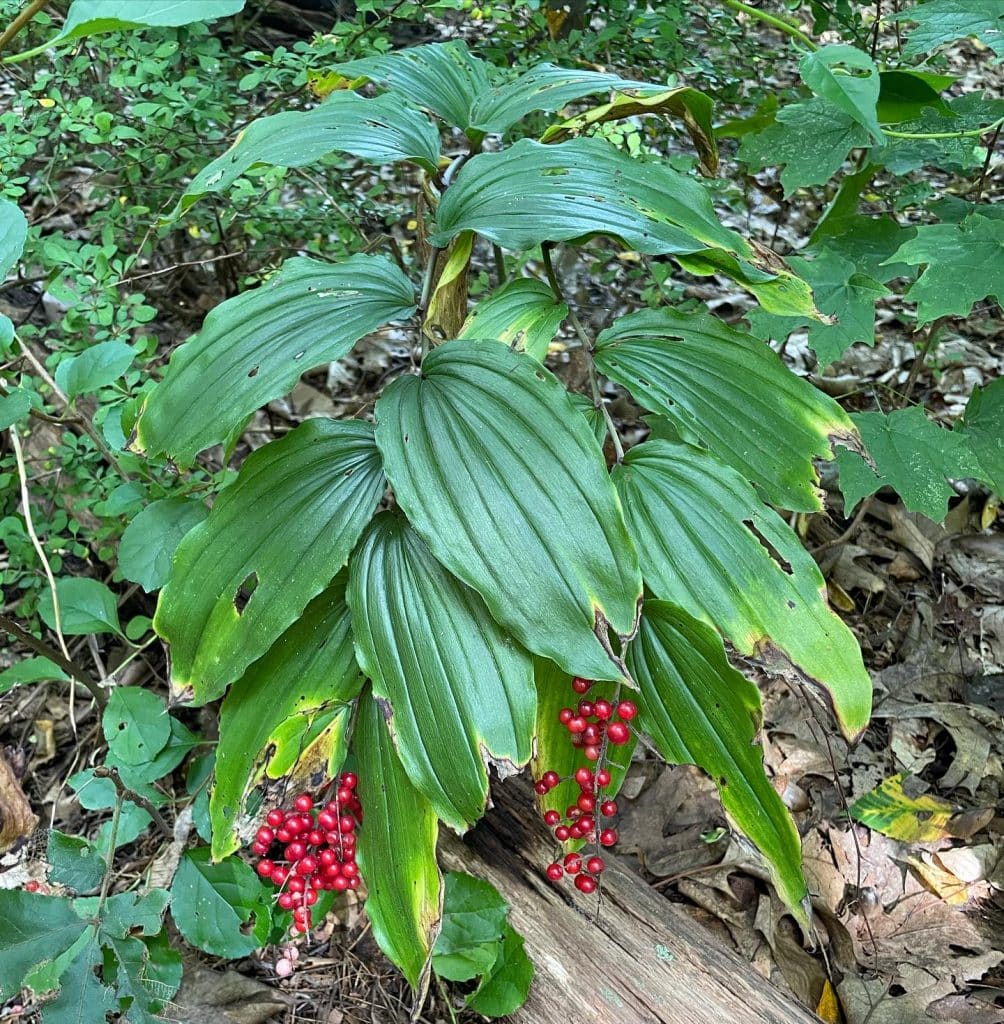
False Solomon’s Seal (Maianthemum racemosum) is a native woodland plant with edible berries. False Solomon’s seal has a long, arching stem and berries that turn bright red in late summer. It is in the Asparagus family. Berries are edible, but bittersweet. Berries should be eaten in moderation as large quantities can have a laxative effect. […]
Aronia melanocarpa – Black Chokeberries
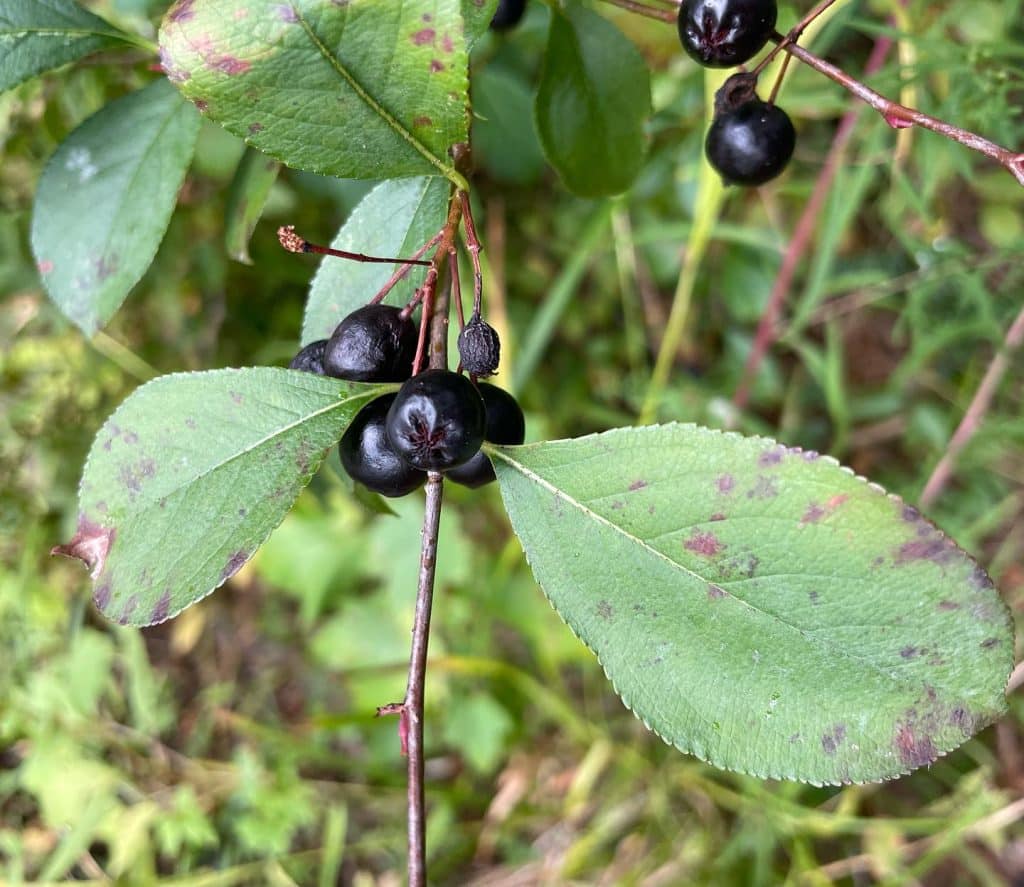
Black Chokeberries (Aronia melanocarpa) are edible, native berries that mature in early Fall. Black chokeberries can be found near swamps, bogs, and lakes. They prefer wet areas. The thornless shrub is self-fertile, so you only need one plant to get berries. Each berry grows on its own stem, in clusters of 2-20 berries. Leaves […]
Maianthemum canadense – Canada Mayflower
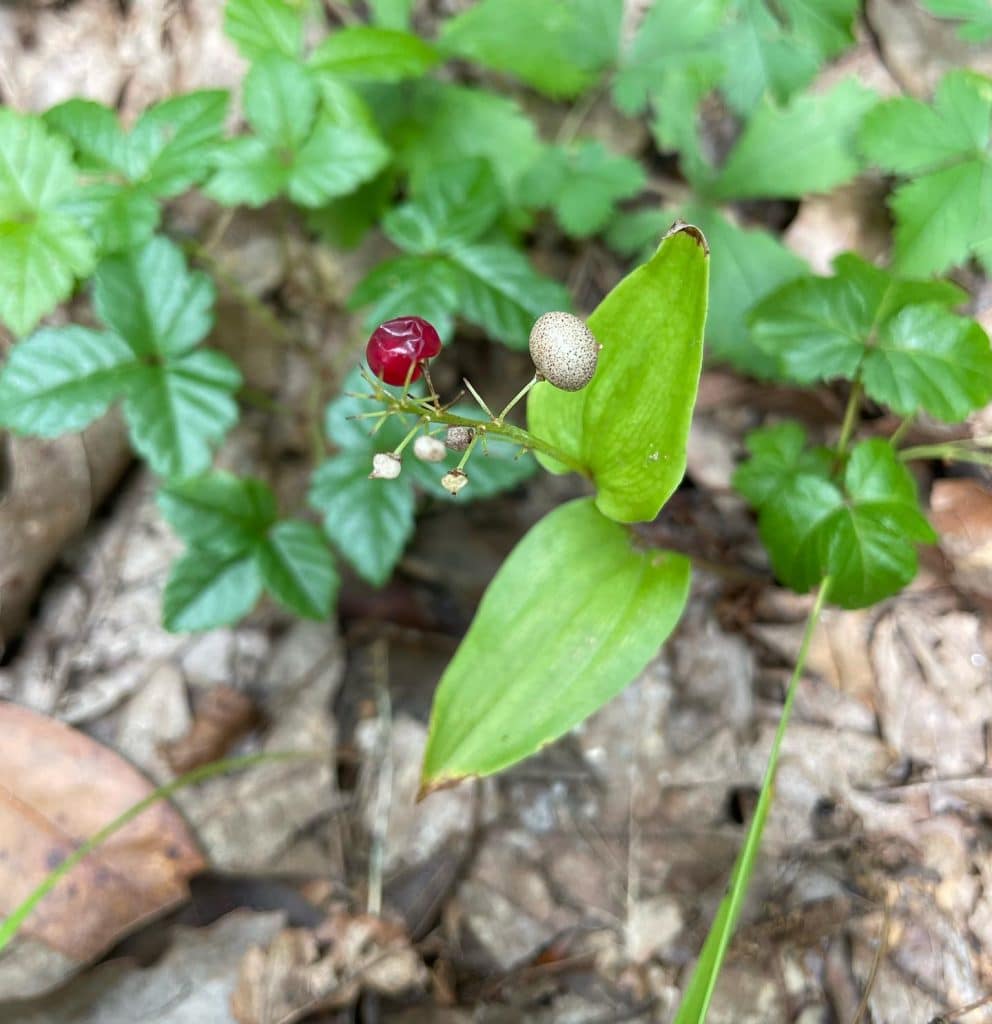
Canada Mayflower (Maianthemum canadense) is a native plant that can be found on forest floors. Canada mayflower has 1-3 shiny dark green leaves. The plant is less than 6 inches tall. In the fall, the plant has small red berries that have 1-2 seeds per berry. Fully ripe berries are edible raw or cooked. They […]
Rhus glabra – Smooth Sumac
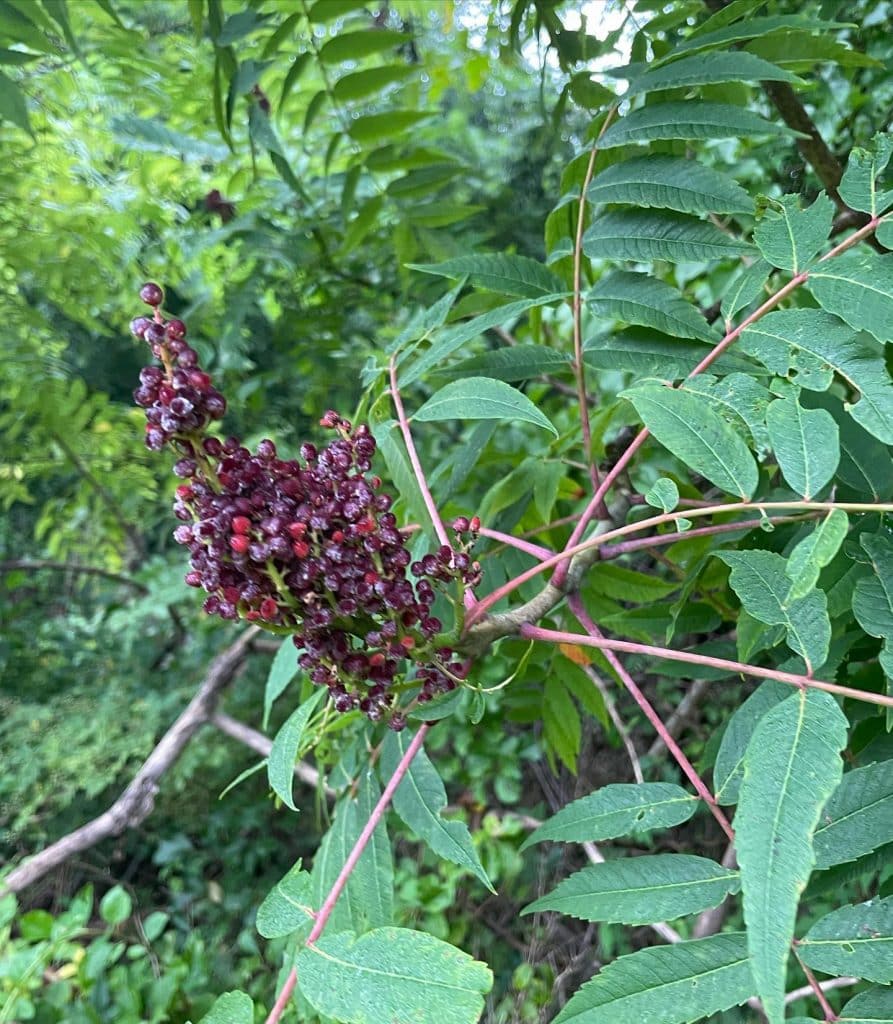
Smooth Sumac (Rhus glabra) is a native woody shrub with edible berries. Smooth sumac has 11-31 pointed leaflets per leaf. Female plants will produce upright berry clusters, or drupes, that ripen to a dark red color in late summer. The berries can be picked through winter. Smooth sumac can be differentiated from Staghorn sumac (Rhus […]
Sambucus canadensis – Elderberries

Elderberries (Sambucus canadensis) are a native woody shrub that like to grow near water. Elderberries hang down in a cluster at the end of the branch. The leaves grow in 5-11 leaflets that are opposite and serrated. Elderberry leaves and stems are toxic. Berries should be cooked, and seeds removed to avoid stomach upset. Elderberry […]
Cornus kousa – Kousa Dogwood
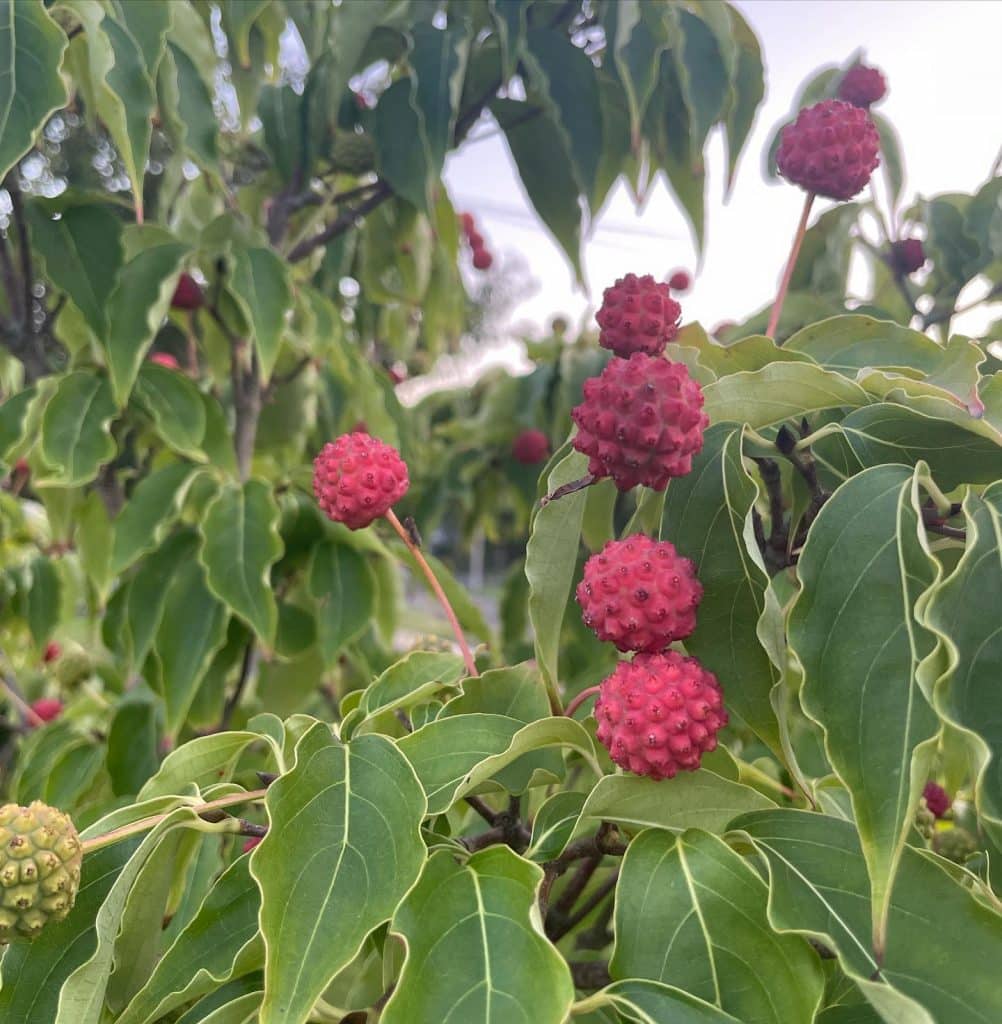
Kousa Dogwood (Cornus kousa) is a common landscape plant that is native to Japan, Korea, and China. Kousa dogwood produces edible fruits that ripen in the end of summer. The fruits are ripe when the skin is orange-red and the fruit is slightly soft to the touch and easily pulls off the tree. The fruit […]
Hibiscus syriacus – Rose of Sharon
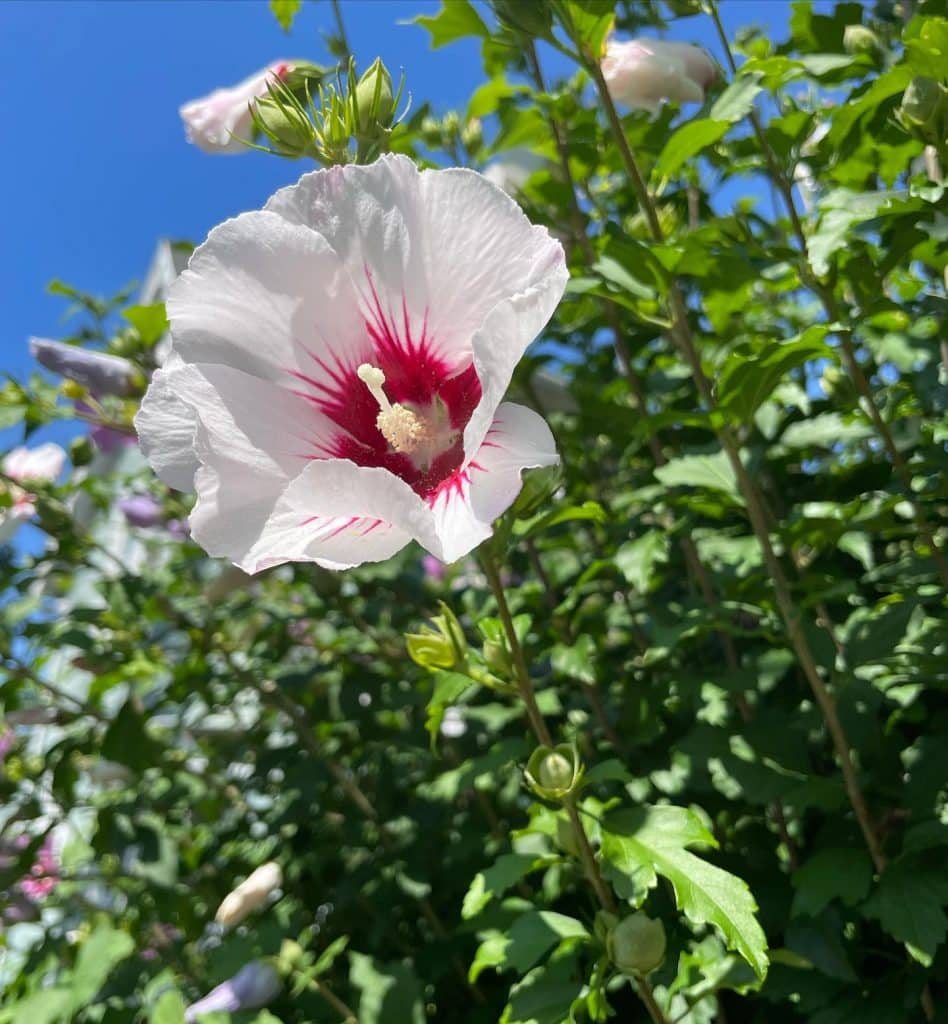
Rose of Sharon (Hibiscus syriacus) is an edible type of hibiscus that is native to Asia, but commonly planted in the United States. Rose of Sharon can be identified by its tropical-looking flowers and different shaped, asymmetrical leaves. The entire Rose of Sharon plant is edible. Leaves can be enjoyed spring-fall. The leaves taste similar […]
Rhus typhina – Staghorn sumac
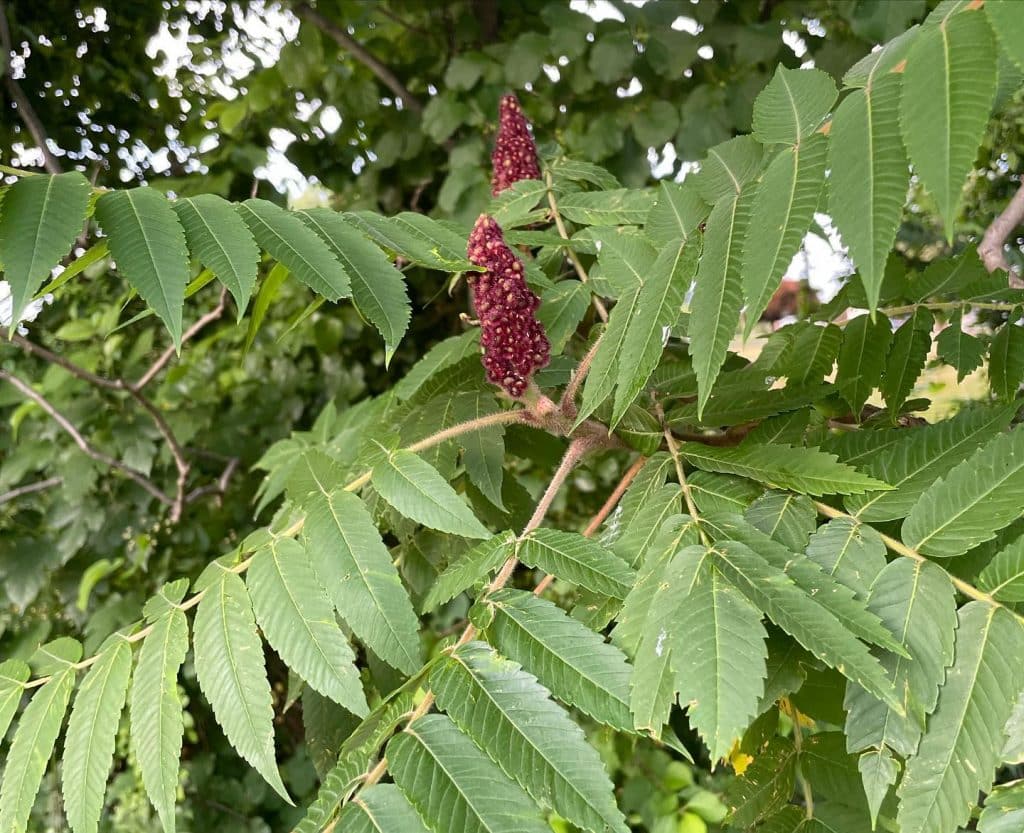
Staghorn sumac (Rhus typhina) is a native deciduous tree or shrub in the cashew family. It can be found in sunny areas, along highways, and at the edge of meadows. Staghorn sumac has alternate, compound leaves with serrated edges. The leaves turn scarlet colored in autumn. The plant produces small yellow-green flowers that turn into […]
Oenothera biennis – Common Evening Primrose
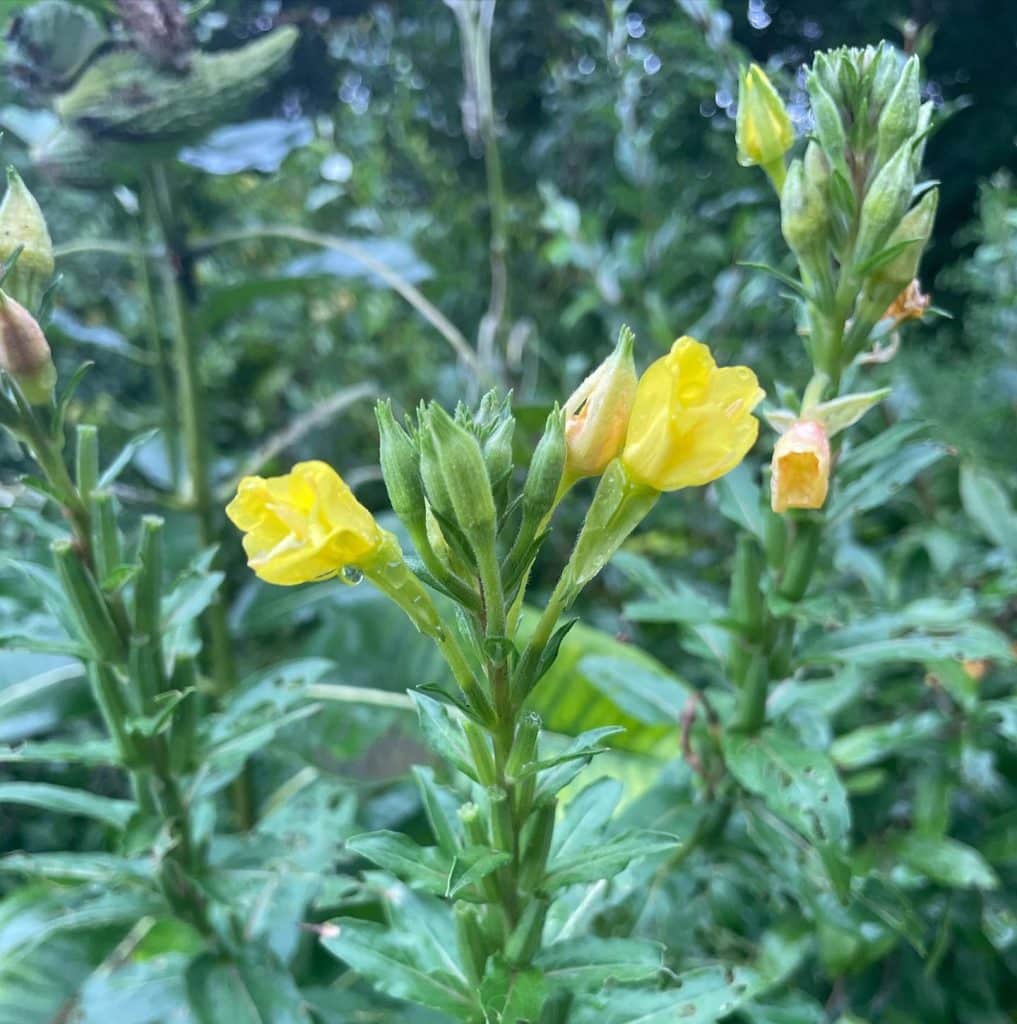
Common Evening Primrose (Oenothera biennis) is a native plant that is edible tip to root. It can be found growing in yard edges and old fields. It will even grow in sand and clay. Evening primrose is a biennial, producing a basal rosette its first year and sending up a tall flower stalk its second […]
Nyssa sylvatica – Black tupelo
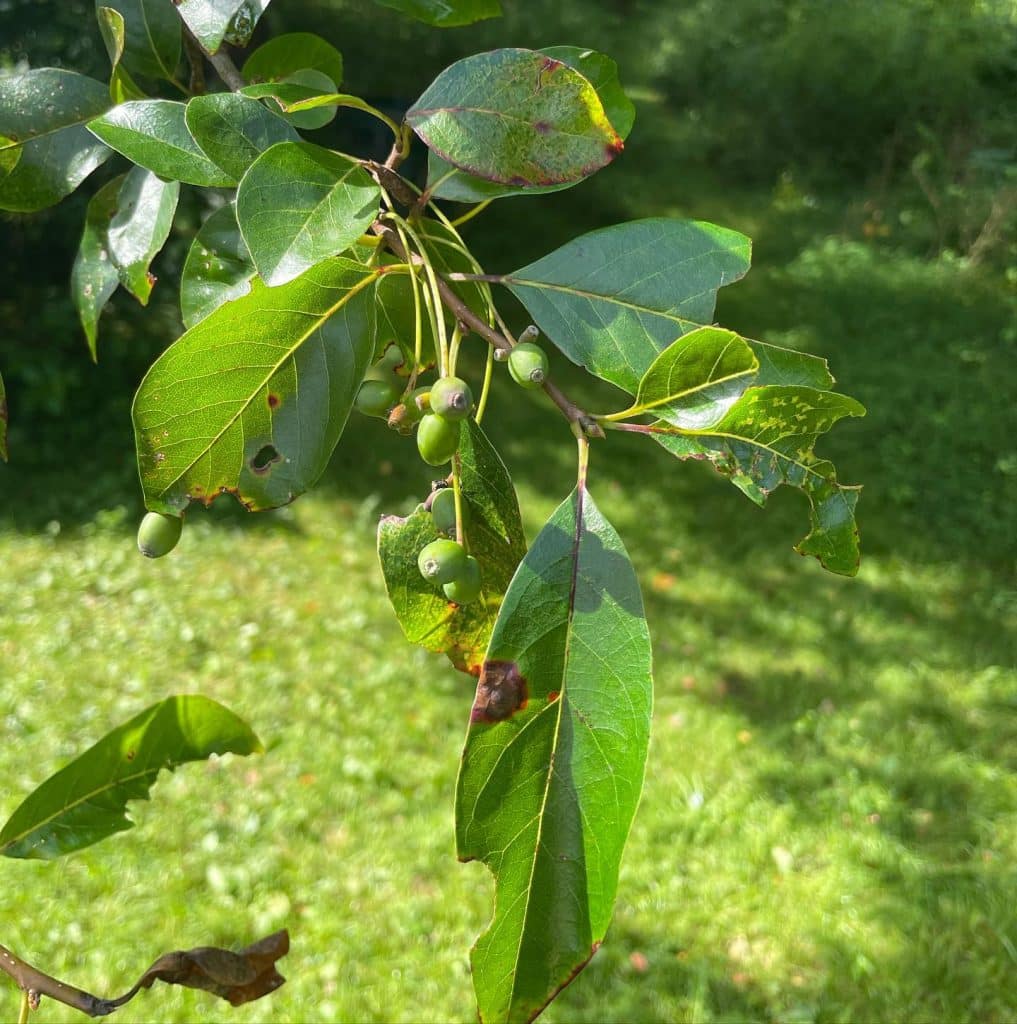
Black tupelo (Nyssa sylvatica) is a native tree that produces edible fruits in the fall. The tree can live hundreds of years and grow up to 100 feet tall. Black tupelo has alternate, single-lobed leaves that turn bright red in the fall. The branches come off the tree at a 90 degree angle. The tree […]
Apios americana – Groundnuts
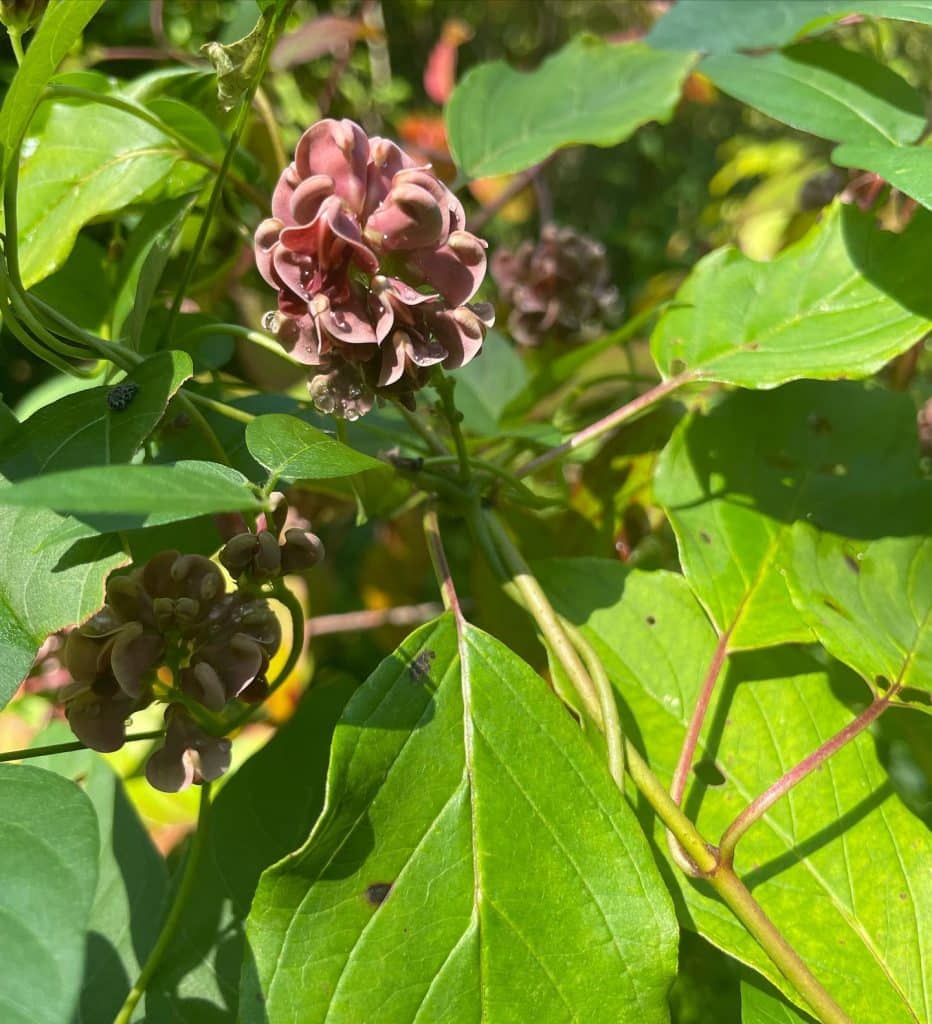
Groundnuts (Apios americana) are a native plant in the pea family that can be found in crowded wet areas. It is a climbing, thin-stemmed vine with a 2-year growth cycle. Groundnut leaves have 3-9 toothless leaflets with pointed edges. They produce edible lavender to brown colored flowers. Tubers grow in a rhizome chain a few […]
Podophyllum peltatum – Mayapple
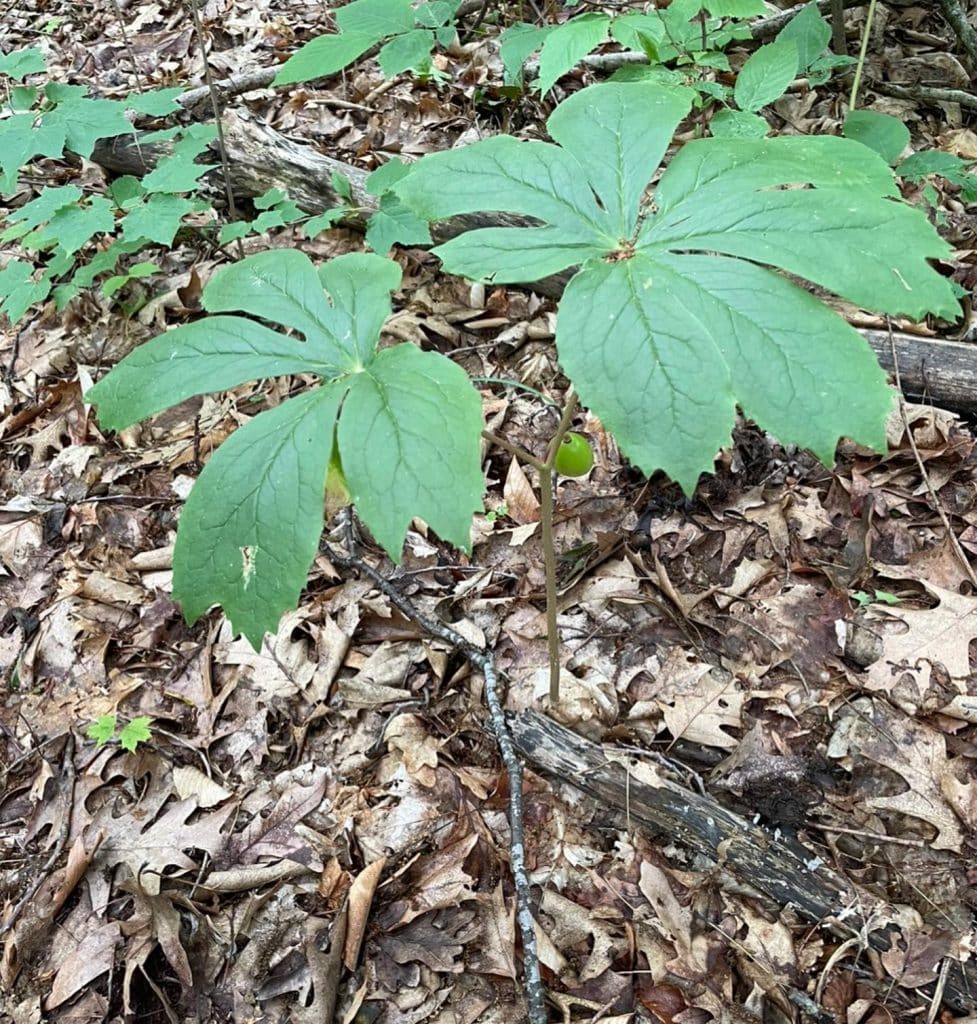
Mayapple (Podophyllum peltatum) is a native plant with a tropical-tasting fruit. Mayapples can be found in light shade to partial sunlight of mixed hardwood forests. They grow in rich, well-drained soil. Mayapples are colony-forming perennials with 1-2 umbrella-shaped leaves per plant. The plant flowers in May and the fruit ripens in August. The fruit […]
Lobelia inflata – Indian tobacco
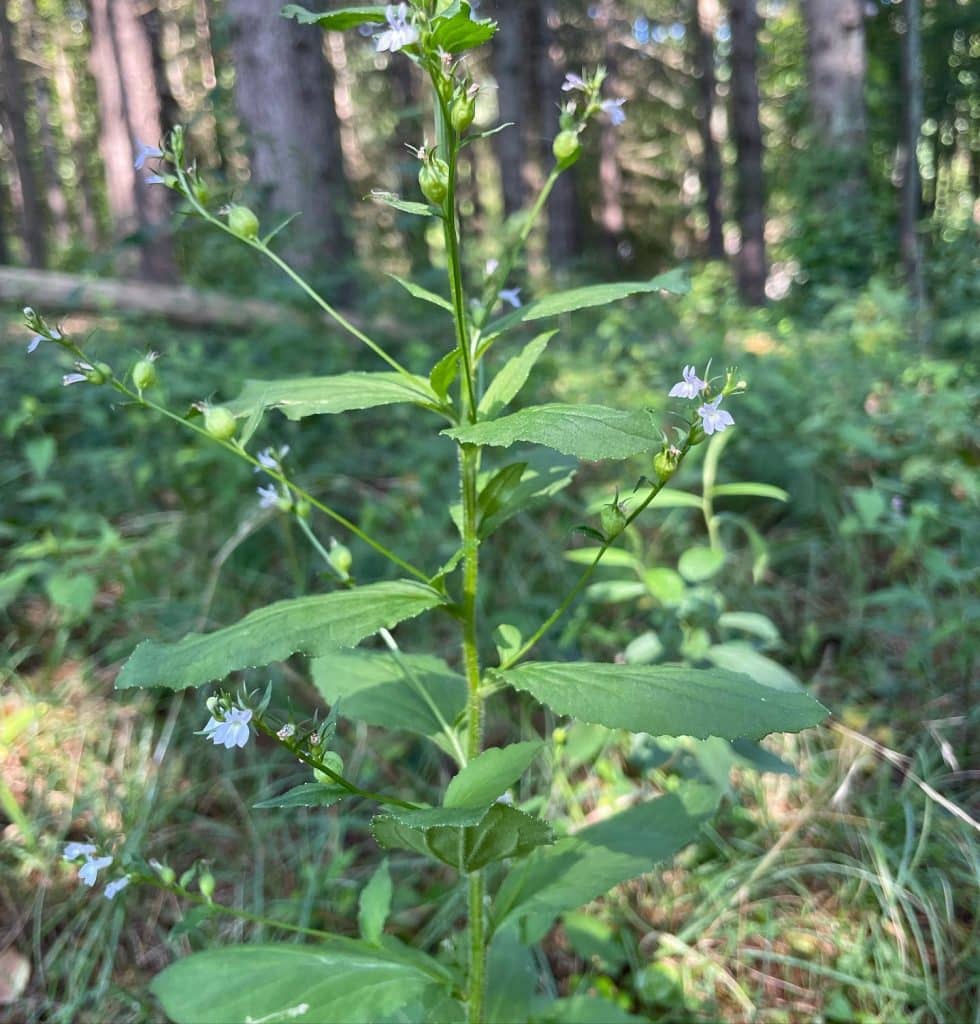
Indian Tobacco (Lobelia inflata) is a native plant that blooms from mid-summer until the first frost. Indian tobacco has alternate, finely toothed leaves. The small flowers have an upper two-lobed lip and a lower three-lobed lip. Fertilized flowers develop into inflated seed capsules. Indian tobacco was occasionally chewed or smoked by Native Americans as a […]
Erechtites hieraciifolius – American burnweed
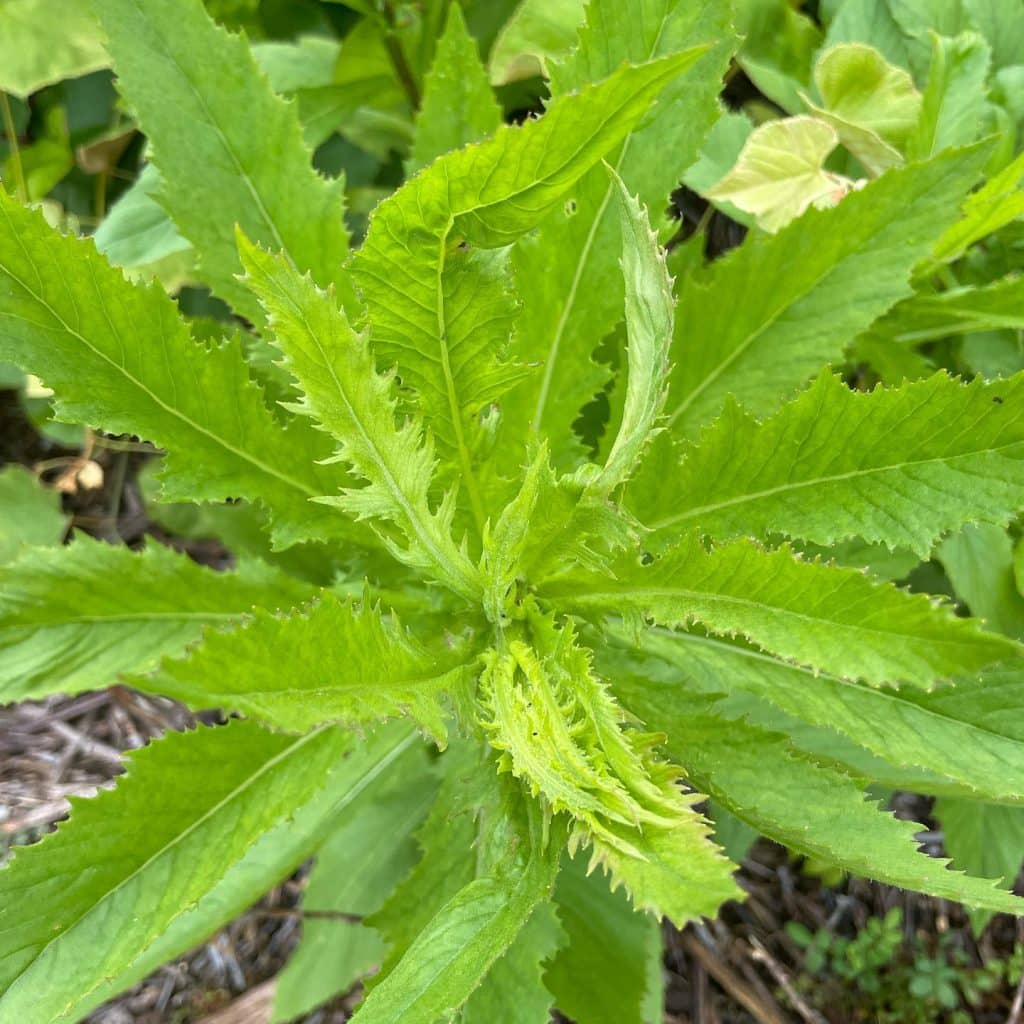
American Burnweed (Erechtites hieraciifolius) is a native plant in the Daisy (Asteraceae) family. It is often one of the earliest pioneer species of areas that were recently burned. It also grows well in disturbed habitats. American burnweed has alternate, serrated leaves that are aromatic when crushed. It produces yellow or pink flower heads in the […]
